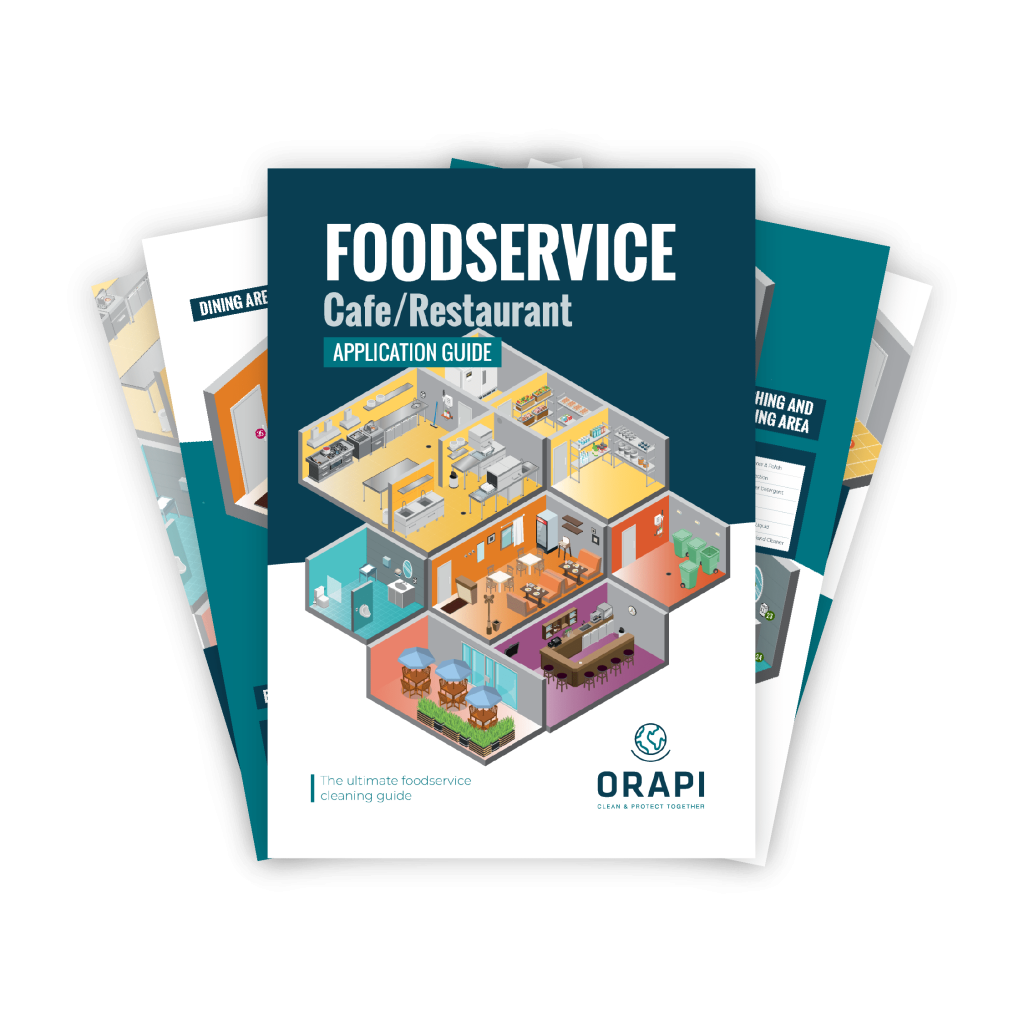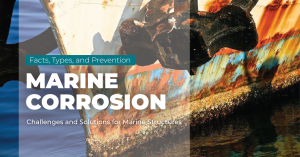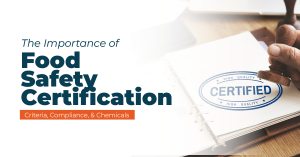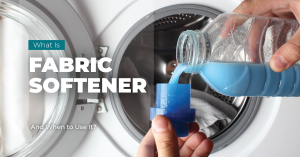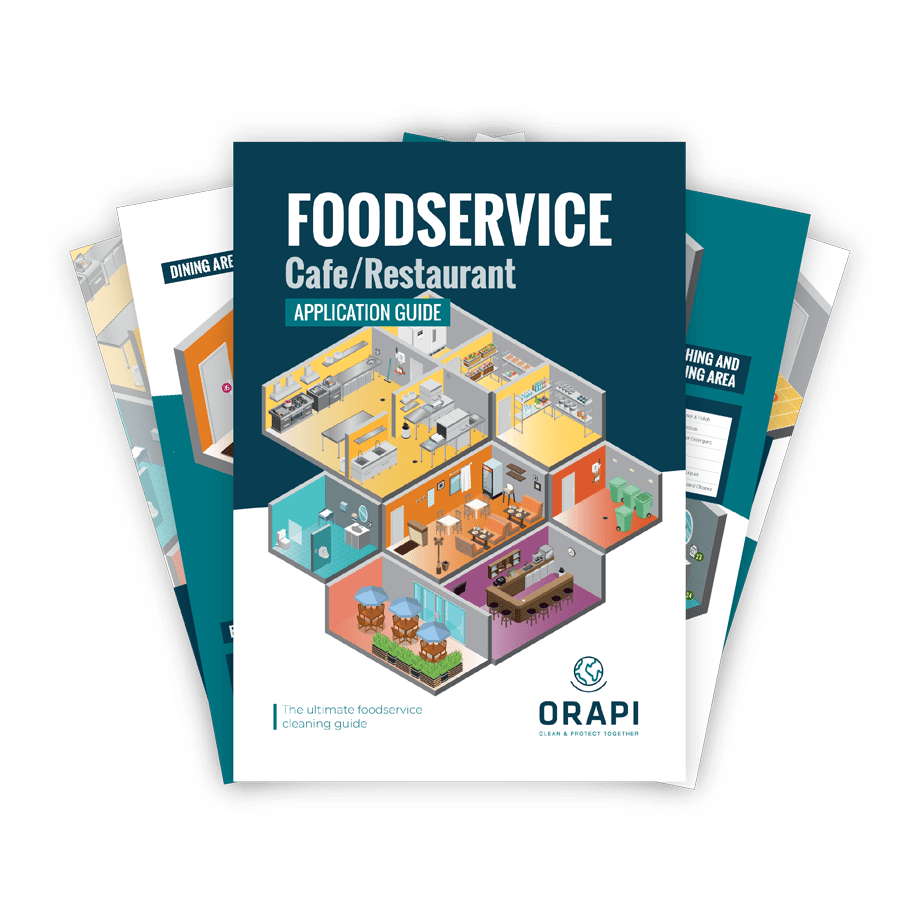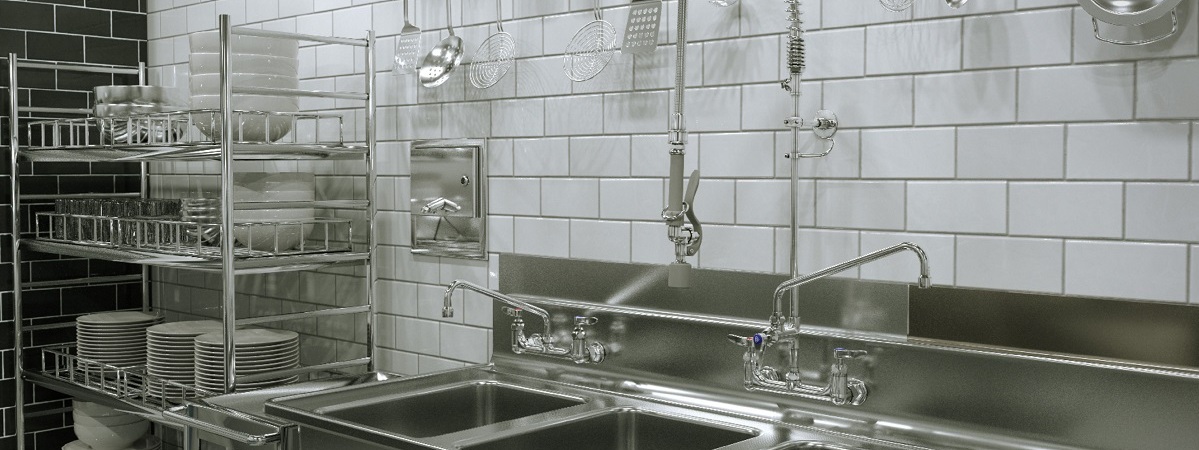
Reducing water usage and promoting sustainable practices in commercial kitchens is crucial for the environment and the bottom line. From choosing water-efficient appliances to implementing timers on equipment, there are many ways to manage water usage and reduce water bills. In this article, we suggest 10 ways to reduce water consumption in commercial kitchens and provide actionable insights to help commercial kitchen owners and managers navigate towards sustainability while maintaining operational efficiency.
1. Choosing Water-Saving Appliances and Fixtures

Using water-efficient appliances and fixtures is crucial for reducing water consumption and saving money in the kitchen. The Water Efficiency Labelling and Standards (WELS) scheme offers guidance in selecting more efficient products, such as taps and dishwashers, with the rating system indicating efficiency levels—the more stars, the more efficient the product. By opting for these water-saving options, you can make a significant impact on both your water usage and your budget over time.
2. Repair Leaks Timely

Repairing leaks as soon as possible is crucial to avoid wasting water. Even small leaks can result in a significant amount of water loss over time. To prevent this, regularly do a simple 3-Step Leak Check to detect leaks early and get them fixed promptly. Doing so can save a considerable amount of water and reduce your water bills. So, it’s always a good idea to be proactive when fixing water leaks.
The 3-step Leak Check
- Request everyone in your establishment to refrain from using water during the test. Ensure all water-consuming appliances like dishwashers or irrigation systems are turned off.
- Head to your water metre and record the last two red digits. Record this reading by jotting it down or taking a photo.
- Allow a 5-minute interval without any water usage. Afterwards, note the last two red digits again. Even the slightest movement in the dial indicates a potential leak, which, over time, can lead to substantial water wastage.
3. Efficient Food Thawing Techniques to Save Water
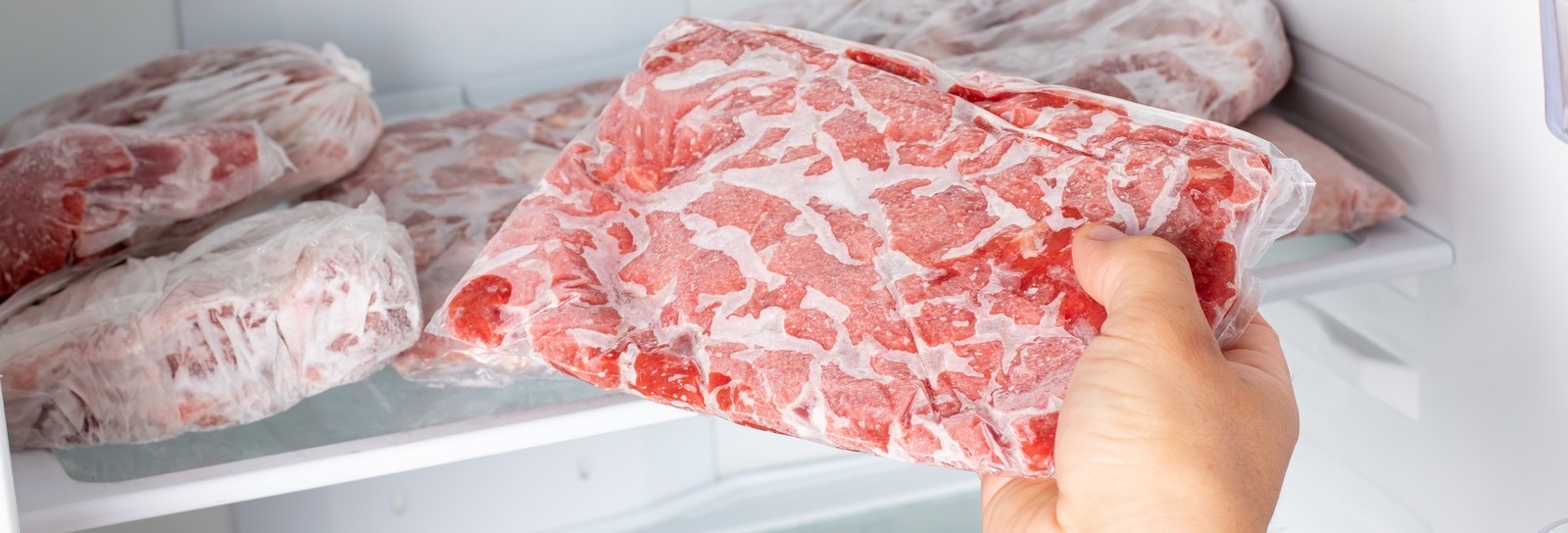
Thawing frozen food is an essential part of cooking, but it’s important to do it safely and efficiently. Thawing under running water is not recommended as it can lead to bacteria growth and water wastage. Instead, it’s best to be organised and plan ahead by placing frozen food in the fridge to thaw overnight. This method is just as effective as using running water, requires nothing more than a bit of foresight and helps to save water.
4. Invest in Water Recycling Systems

Installing water recycling systems that treat and reuse greywater from sinks or dishwashers can be a smart investment for any property owner or manager. These systems can help reduce water waste and bills by treating and reusing water that would otherwise go down the drain. This conserves water and reduces the demand on municipal water systems. Overall, investing in water recycling systems can be a sustainable and cost-effective way to manage water usage, especially in areas where water scarcity is a concern.
Some common water recycling opportunities include:
- Washing floors, equipment, vehicles, crates and pallets
- Water cooling towers
- Irrigation
- Sanitary fixtures
- Dust suppression
- pH adjustment
- Fire protection
- Air purifying
- Irrigation
- Transporting materials
One way for a company to make the most of its recycled water is by setting up a closed-loop equipment washing station that can recycle wash water for reuse. This system contains used water in a physical containment wash rack or concrete pad, preventing it from harming the environment.
5. Implement Timers on Equipment
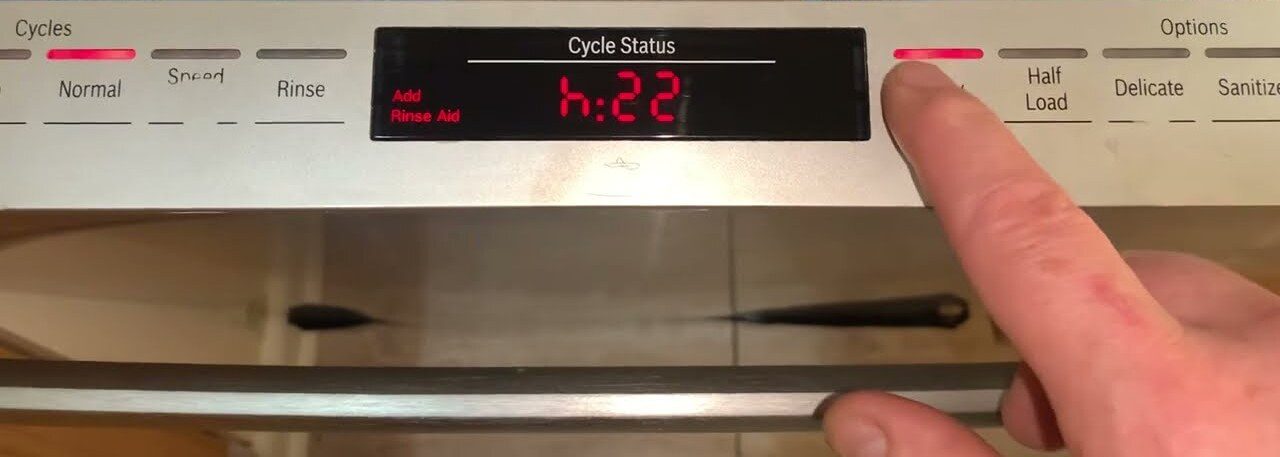
Implementing timers on equipment is a simple yet effective way to conserve energy and reduce costs. For instance, dishwashers and sinks can be programmed to run for a specific duration of time. This ensures that they are not left running longer than necessary, which can lead to an unnecessary waste of water and electricity. By setting timers, you can also avoid overloading the equipment, which can result in wear and tear over time. Overall, timers are a convenient and efficient way to manage your equipment and ensure that they are used in a sustainable and responsible manner.
6. Opt for Composting Over Garbage Disposal Units

Garbage disposal units are commonly found in commercial kitchens and are used to grind up food waste and flush it down the drain with water. However, it is important to note that these units use about 6 litres of water per day, which can add up to a significant amount over time. To reduce water usage and promote sustainable practices, it is recommended to put suitable scraps into a composter rather than down the sink. This not only saves water but also helps to create nutrient-rich soil for gardening and other purposes. By making small changes like this, we can contribute towards a greener and more environmentally-friendly future.
7. Install Flow Controlled Aerators

Installing a flow-controlled aerator on the taps in your commercial kitchen is a simple yet effective way to reduce water consumption. These aerators are inexpensive and can be easily installed on your existing taps. By reducing the water flow by up to 50%, they not only help save water but also reduce your water bills. Additionally, as the water flow is reduced, less energy is required to heat the water, resulting in lower energy bills. It’s a win-win situation for both the environment and your business’s bottom line.
8. Select the Proper Temperature Setting

Setting the hot water system in commercial kitchens too high can lead to unnecessary water wastage. This is because, to cool down the hot water to the required temperature, cold water needs to be added, which adds to water consumption. Therefore, it is important to ensure that the hot water system in the kitchen is set to the right temperature, neither too hot nor too cold, to avoid wastage of water and reduce overall water consumption. By doing so, we can help conserve water and reduce the costs associated with energy consumption in heating and cooling water.
9. Minimise Water Usage in Dishwashers

Dishwashers are a crucial element in most commercial kitchens, but they can also be one of the most significant consumers of water. Therefore, it is important to use them efficiently to reduce water consumption. Make sure that your dishwasher has a high WELS rating. This rating measures the amount of water used per wash cycle and is displayed on the dishwasher’s label. Additionally, using the economy setting and only washing fully loaded dishwashers can help make your dishwasher more efficient with the water it already uses. Plus, using the rinse-hold setting on the dishwasher, if it has one, rather than rinsing dishes under the tap, can help save a significant amount of water.
10. Reuse Water

Waiting for hot water is a common occurrence in commercial kitchens, and this can result in a lot of water wastage. However, there is a simple tip that can help reduce water consumption. Instead of letting the cold water run down the drain while waiting for the hot water to arrive, catch it in a container and use it for other purposes such as watering plants, rinsing dishes or washing fruits and vegetables. This saves water, helps reduce water bills, and promotes environmental sustainability.
Conclusion: Reduce Water Consumption
In conclusion, adopting sustainable practices in commercial kitchens is essential for reducing environmental impact and optimising financial resources. Kitchen owners and managers can reduce water consumption while maintaining operational efficiency by implementing the ten strategies outlined, including selecting water-saving appliances, repairing leaks promptly, and investing in water recycling systems. These actionable insights contribute to conserving water resources, leading to long-term cost savings and promoting a greener, more sustainable future for commercial kitchen operations.
